Pygmy corydoras, scientifically known as Corydoras pygmaeus, are small, charming catfish that have captured the hearts of aquarium enthusiasts around the world. These tiny fish are perfect for nano tanks and community aquariums, thanks to their peaceful nature and captivating behaviors. With their shimmering silver bodies and distinctive black stripes, pygmy corydoras not only add beauty to any aquatic environment but also bring a lively dynamic to the tank.
Originating from the slow-moving rivers and streams of South America, particularly in the Amazon Basin, pygmy corydoras thrive in environments that mimic their natural habitat. They are social creatures that prefer to be in groups, making them an excellent choice for those looking to create a vibrant underwater community. Their small size and friendly demeanor make them suitable companions for a variety of other fish species.
Overview of Pygmy Corydoras
Pygmy corydoras are among the smallest members of the Corydoras genus, reaching a maximum size of just about 1 inch (2.5 cm). They are characterized by their silver bodies adorned with a thin black stripe that runs horizontally from their snout to their tail. This unique coloration, combined with their playful behavior, makes them a favorite among fish keepers.
These fish are native to the freshwater rivers and tributaries of Brazil, particularly the Madeira River basin. They inhabit shallow waters with soft substrates, where they can forage for food and hide among aquatic plants. Pygmy corydoras are known for their schooling behavior, which means they feel most comfortable when kept in groups of at least five or more. This social aspect not only enhances their well-being but also provides an entertaining display for aquarium owners.
Ideal Tank Setup
Creating the right environment for pygmy corydoras is crucial for their health and happiness. Here are some key considerations for setting up their aquarium:
- Tank Size: A minimum tank size of 10 gallons is recommended for pygmy corydoras. While they are small, they thrive in larger spaces where they can swim freely and explore.
- Water Conditions: Pygmy corydoras prefer slightly acidic to neutral water with a pH level between 6.2 and 7.4. The water temperature should be maintained between 72°F and 78°F (22°C to 26°C). Regular water changes are essential to keep the environment clean and healthy.
- Substrate: A soft substrate is ideal for pygmy corydoras, as it allows them to forage naturally. Fine sand or small gravel works well, providing a comfortable surface for them to sift through.
- Plants and Hiding Spots: Incorporating live plants, driftwood, and rocks into the aquarium setup creates hiding spots and mimics their natural habitat. Pygmy corydoras enjoy having places to retreat to, which helps reduce stress.
- Lighting: Standard aquarium lighting is sufficient for pygmy corydoras. A light cycle of about 10 to 12 hours per day is recommended to simulate natural conditions.
What Specific Water Parameters are Ideal for Pygmy Corydoras in an Aquarium?
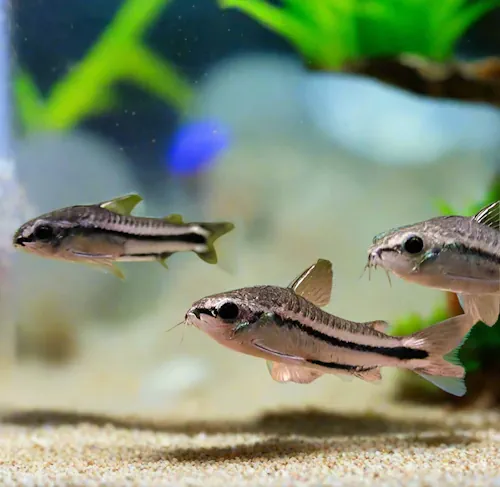
Pygmy corydoras thrive in specific water conditions that closely mimic their natural habitat in the Amazon Basin. To ensure their health and well-being in an aquarium, it is essential to maintain the following water parameters:
- pH Level: Pygmy corydoras prefer slightly acidic to neutral water. The ideal pH range is between 6.2 and 7.5. While they can adapt to a broader range, maintaining a pH closer to 6.4 to 7.0 is optimal for their health.
- Temperature: These fish thrive in warmer waters, with an ideal temperature range of 72°F to 78°F (approximately 22°C to 26°C). Keeping the water temperature within this range helps replicate their natural environment and supports their metabolic processes.
- Water Hardness: Pygmy corydoras prefer soft to moderately hard water. The general hardness (GH) should be between 2 to 15 dGH, with a preference for softer water, ideally below 8 dGH. This helps to create a comfortable environment for them.
- General Recommendations: It is also advisable to ensure that the water is well-oxygenated and has a gentle flow, as pygmy corydoras are accustomed to slow-moving waters in their natural habitat. Regular water changes and monitoring of these parameters are crucial for maintaining a healthy aquarium environment for these small, social fish.
By adhering to these specific water parameters, aquarists can create a thriving environment for pygmy corydoras, allowing them to exhibit their natural behaviors and live a healthy life in captivity.
Diet and Feeding
Pygmy corydoras are omnivores, which means they enjoy a varied diet. In the wild, they feed on small invertebrates, worms, and plant matter. In an aquarium setting, it is essential to provide them with a balanced diet to ensure their health and vitality.
- Staple Foods: High-quality sinking pellets or wafers designed for bottom feeders are excellent staples for pygmy corydoras. These foods should be small enough for them to consume easily.
- Supplemental Foods: To enhance their diet, you can offer frozen or live foods such as daphnia, brine shrimp, and bloodworms. These protein-rich options are particularly beneficial for their growth and overall health.
- Feeding Frequency: It is best to feed pygmy corydoras small amounts two to three times a day. This frequent feeding mimics their natural foraging behavior and helps maintain their energy levels.
Tank Mates
Choosing the right tank mates for pygmy corydoras is essential for creating a harmonious aquarium environment. These fish are peaceful and can coexist with various other species. Here are some suitable tank mates:
- Small Tetras: Species like neon tetras and ember tetras are excellent companions due to their similar size and peaceful nature.
- Rasboras: Chili rasboras and harlequin rasboras are also good choices, as they share similar water requirements and temperaments.
- Other Corydoras: Keeping pygmy corydoras with other corydoras species, such as Corydoras habrosus or Corydoras hastatus, can create a lively and dynamic school.
- Shrimp: Freshwater shrimp, like cherry shrimp or ghost shrimp, can coexist with pygmy corydoras without any issues. They help keep the tank clean by eating algae and leftover food.
It is important to avoid larger or aggressive fish that may see pygmy corydoras as prey. Always consider the size and temperament of potential tank mates to ensure a peaceful community.
Breeding Pygmy Corydoras
Breeding pygmy corydoras can be a rewarding experience for aquarists. While they may not be as easy to breed as some other corydoras species, many hobbyists have successfully spawned them in home aquariums. Here are some tips for breeding:
- Breeding Setup: A separate breeding tank with soft, slightly acidic water is ideal for encouraging spawning. Provide plenty of plants or spawning mops for the females to lay their eggs on.
- Conditioning: To prepare the fish for breeding, feed them a high-protein diet for a few weeks. This conditioning helps improve their health and readiness to spawn.
- Spawning Behavior: During spawning, males will chase females and display courtship behaviors. Once the female is ready, she will lay eggs on the chosen surface, which the males will fertilize.
- Fry Care: After hatching, the fry will require infusoria or finely crushed food until they are large enough to eat regular fish food. Regular water changes and monitoring are crucial during this early stage.
Common Health Issues Faced by Pygmy Corydoras
Pygmy corydoras, like many freshwater fish, can be susceptible to various health issues. Understanding these common problems can help aquarists take preventive measures and ensure the well-being of their fish. Here are some of the most frequent health issues faced by pygmy corydoras:
- Red Blotch Disease: This is one of the most notable diseases affecting pygmy corydoras. It is characterized by bloody sores on the body, particularly on the belly. This condition can be caused by poor water quality or stress, making the fish more vulnerable to infections.
- Swim Bladder Disorder: Pygmy corydoras can experience swim bladder issues, which affect their buoyancy. Symptoms may include difficulty swimming, floating at the surface, or sinking to the bottom. This condition can be caused by overfeeding, constipation, or infections.
- Fin Rot: This bacterial infection leads to the deterioration of the fins. It often occurs due to poor water conditions or injuries. Signs include frayed or discolored fins. Prompt treatment is necessary to prevent further complications.
- Ich (Ichthyophthirius multifiliis): Commonly known as “ich,” this parasitic infection manifests as white spots on the skin and gills. It is highly contagious and can be fatal if not treated quickly. Maintaining stable water conditions and reducing stress can help prevent outbreaks.
- Costia: This is a protozoan infection that can cause itchiness, excess mucus on the skin, and redness in the gills. It often occurs in stressed fish and can lead to severe health issues if not addressed promptly.
- Bacterial Infections: Pygmy corydoras can be prone to various bacterial infections, especially if they are stressed or if water quality is poor. Symptoms may include lethargy, loss of appetite, and visible lesions on the body.
- Parasites: Besides ich, pygmy corydoras can be affected by other parasites, such as flukes or worms. These can cause various symptoms, including weight loss, lethargy, and abnormal swimming behavior.
- Stress-Related Issues: Stress is a significant factor that can lead to various health problems in pygmy corydoras. Stressors include poor water quality, sudden changes in temperature or pH, overcrowding, and aggressive tank mates. Signs of stress can manifest as hiding, lethargy, or loss of appetite.
Maintaining optimal water conditions, providing a balanced diet, and ensuring a peaceful tank environment are essential for preventing these health issues in pygmy corydoras. Regular monitoring and prompt action at the first signs of illness can significantly improve their chances of recovery.
What are the Signs of Stress in Pygmy Corydoras?
Pygmy corydoras, like many fish species, can experience stress due to various factors in their environment. Recognizing the signs of stress is crucial for maintaining their health and well-being. Here are some common indicators that your pygmy corydoras may be stressed:
- Frantic Swimming: If you notice your pygmy corydoras swimming more actively or erratically than usual, it may be a sign of stress. This behavior can occur when they are excited or when they are trying to escape unfavorable conditions.
- Hiding or Shyness: Pygmy corydoras are naturally social and active fish. If they frequently hide or become unusually shy, it may indicate stress. They should feel comfortable exploring their environment, so excessive hiding is a concern.
- Lethargy: A stressed pygmy corydoras may become lethargic, spending long periods in one spot or lying on the substrate. This behavior is not typical for these active fish and can signal health issues.
- Loss of Color: Stress can cause pygmy corydoras to lose their vibrant coloration, appearing pale or washed out. This change in color can be a response to poor water conditions or illness.
- Gasping at the Surface: If your pygmy corydoras are frequently seen gulping air at the surface, it may indicate low oxygen levels in the water. This behavior is a sign of distress and requires immediate attention.
- Odd Swimming Patterns: Swimming upside down or sideways can indicate a swim bladder issue or stress. If you observe these behaviors, it is essential to investigate further.
- Refusal to Eat: A stressed fish may lose its appetite. If your pygmy corydoras are not eating or showing interest in food, it could be a sign of stress or illness.
- Rapid Gill Movement: Increased gill movement can indicate that the fish are struggling to breathe, often due to poor water quality or low oxygen levels.
- Physical Symptoms: Look for signs such as white spots on the body, discolored gills, or any unusual markings. These can indicate stress or disease.
Monitoring these signs closely can help you identify stress in pygmy corydoras early, allowing you to take corrective actions to improve their environment and overall health. Regular water testing, maintaining stable water parameters, and ensuring a peaceful tank environment are essential for preventing stress in these delicate fish.
In conclusion, Pygmy corydoras are delightful additions to any freshwater aquarium. Their small size, peaceful nature, and engaging behaviors make them a favorite among fish keepers. By providing the right environment, diet, and tank mates, you can ensure that these charming catfish thrive in your aquarium. Whether you are a beginner or an experienced aquarist, understanding the needs of pygmy corydoras will help you create

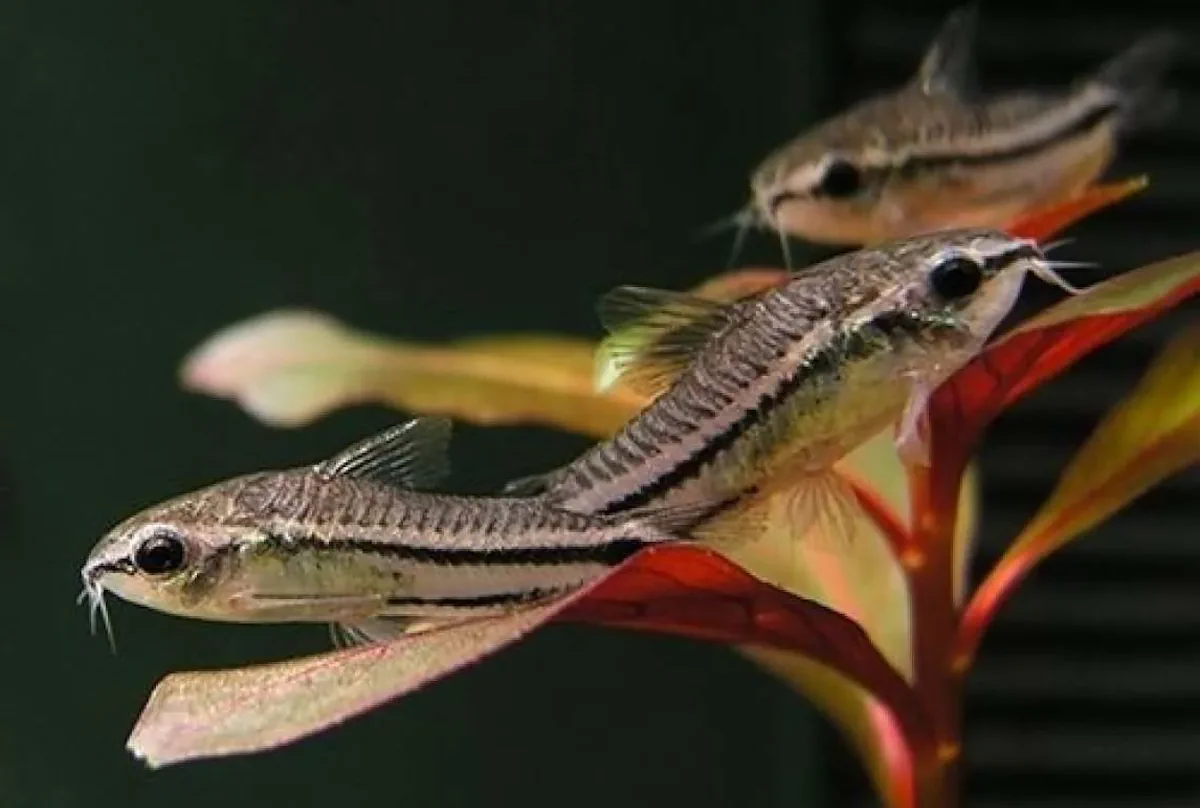
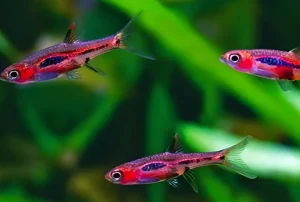
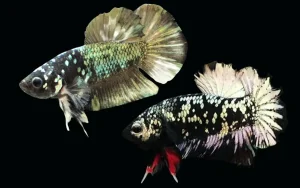
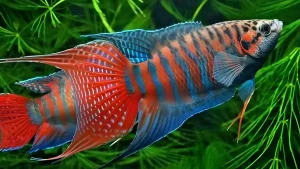
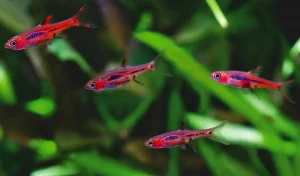



Leave a Comment